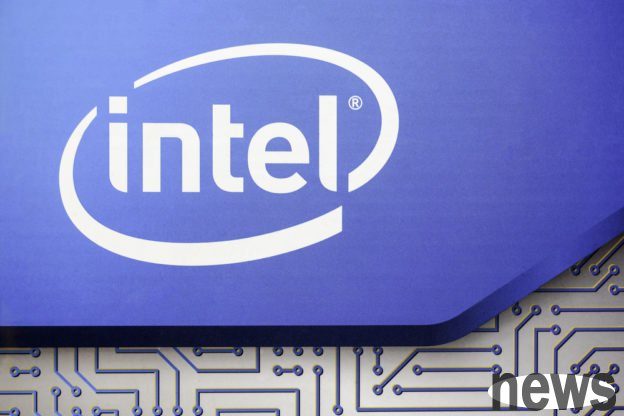
As Intel’s official launch of Panther Lake approaches, more information about the specifications and performance of this processor, which is the first to use Intel’s own truly advanced process, is gradually emerging. From the currently known information, it seems that Panther Lake is performing well. Can Intel rely on it to make a decisive counterattack in the battle for advanced processes?
Intel recently announced more technical details about Panther Lake at an undisclosed media briefing, including that Panther Lake continues to use Multi-tile architecture, the CPU Tile uses its own most advanced 18A process, the GPU Tile also uses the more advanced N3E process from competitors, and the I/O Tile still uses TSMC N6.
(Source: Intel)
Among them, the CPU uses its own 18A process. Intel has recently announced that it can provide performance comparable to Arrow Lake H, but its efficiency is comparable to Lunar Lake, the energy efficiency king of today's x86 processors. Although the yield rate is still only 10% as of this summer, it seems that the yield rate has taken a step forward based on Intel's maintenance of product release steps.
But this time, the GPU part of Panther Lake is like the GPU of the mobile phone chip next door, giving everyone more surprises. Panther Lake's display unit will be Intel's first GPU equipped with its third-generation GPU architecture Celestial (Xe3). Intel has also changed the naming principle of processors for the first time for the new internal display. As long as the processor has the highest specification 12 Xe GPU cores, it will be preceded by an X in the processor classification, such as the highest-end Core Ultra "X" 9 388H. It is also expected that Intel will give it an independent GPU name, such as 140V on Lunar Lake.
(Source: Internet photo)
Although Intel has not said much about the performance of this new internal graphics, it has been reported in the market that the performance of the highest standard 12-core internal graphics will be close to NVIDIA's notebook version RTX 4050. Although similar internal graphics performance claims are mostly just a listen, since the last time Lunar Lake's internal graphics 140V was released, it directly killed the opponent AMD's 780M and even approached the 890M. Even if this new internal graphics still cannot compete with the 4050, it should be expected to dominate the internal graphics industry.
So can Intel really rely on Panther Lake to make a big counterattack? It's hard to say if it's a battle over advanced manufacturing processes. We won't know anything until the performance of the CPU part is revealed. As the author said in the previous article, if Panther Lake can really achieve the same level of efficiency as Arrow Lake and Lunar Lake as Intel said, then 18A will indeed give Intel a lead in the battle with TSMC's advanced process; in the processor part, because rival AMD has not yet used TSMC's latest N3 process, Panther Lake is also expected to further widen the gap with Strix Point and Kraken Point, especially in the performance of the internal display. It depends on whether Panther Lake can polish Intel's blue sign after its official debut at CES next year.
(Source: Intel)